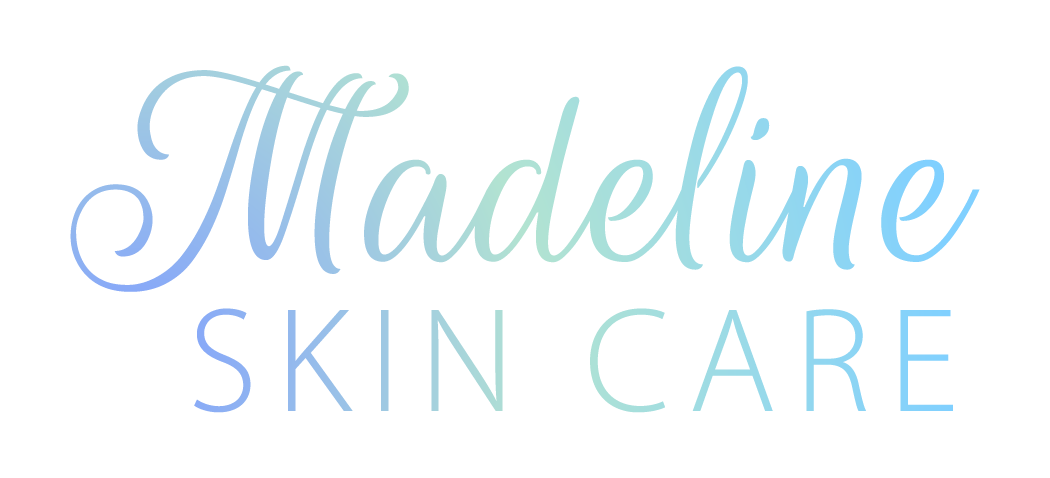Sun Protection and Preventing Melanoma
The threat of sagging, brown-spotted, thin skin is enough to get my clients conscientious in protecting their skin. This awareness offers the benefit of lending opportunities for the prevention and detection for skin cancer.
The key? Sun protection!
Don’t fear. Sun protection doesn’t have to be a drag on summer fun. Sun Protection Factor (SPF) application and a hat go a long way!
Unsightly skin conditions are progressive. Hyper pigmentation (aka brown or liver spots), melasma, moles, rosacea, heat rash, spider veins, and sagging thin skin are compounded by sun damage.
It’s not just the sun that creates brown and red spots it’s also the heat! Be conscientious and choose the shady side of the street.
Have a hat on-hand to create personal shade (or visor to keep your hair intact.) Active outdoor sport stores have a variety of SPF washable head cover and clothing options. I’m confident this direction is well worth the investment.
Are all sunscreens the same? Nope. Active ingredients run the gamut. The FDA recommends wearing at least SPF 15 regularly. Many skin care professionals suggest SPF 45.
SPF is most effective when applied and reapplied. SPF should be applied 20 minutes prior to exposure and reapplied every 2 hours. Luxury leisure time + reapplying SPF = Honoring yourself.
SPF’s come in so many forms: crème, lotion, and gel to name a few. My latest fave is in a stick form, like deodorant. This keeps my hands clean and makes reapplying a breeze. My least favorite is the aerosol mist. Please, please don’t use this. It should be banned as it gets into your lungs!
Relaxing on the beach is an opportune time to do a mole check (sexy huh?) If you notice a mole different than other ones you have, if it itches, or bleeds you should be seen by a dermatologist.
Follow the ABCD’s when examining moles.
Asymmetry. Is one half unlike the other?
Notice if a Border is irregular, scalloped, or poorly defined.
Are there Color variations from one area to another, shades of tan and brown, black, white, red, or blue?
Is the Diameter of a mole or lesion greater than the size of a pencil eraser?
If you have any doubt just get it checked out by your dermatologist. Contact me if you would like a recommendation for a good skin doctor.
Remember, it’s critical to observe any changes on skin moles or lesions and courageous to seek medical attention.

